The Grand Canyon Railway: Taking a Train To America’s Greatest Natural Wonder
categories: USA Travel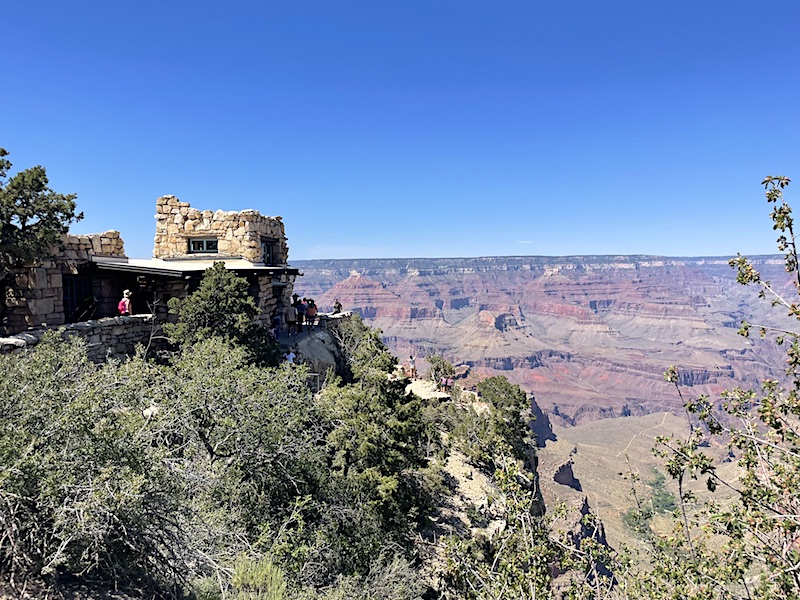
Visiting the Grand Canyon is something that everyone should do at least once in a lifetime. If you have never been there before, you must go. No words can explain the exhilaration of seeing the canyon for the first time. It is so expansive, overwhelming, and majestic that it almost doesn’t seem real. Words simply cannot explain the wonderment of looking out over the canyon from the South Rim. Even during my third trip in 10 years, I still felt that awe. It is simply magnificent!
Table of contents: ()

Williams Arizona Train Ride
One thing many visitors may not be aware of is that you do have some options on how to get to the Grand Canyon. Most people drive or take bus tours, but there is another option. On my third trip to the Grand Canyon, I decided to take the Grand Canyon Railway from the town of Williams, Arizona, about 60 miles south of the canyon. I love heritage railroad excursions, and the Grand Canyon Railway has been high on my list of must-do travel experiences. After researching the railroad online, I decided to book a package tour to take the train to the canyon. When I talked with the reservationist on the phone, I discovered that different travel packages were available.
I opted to stay two nights at the Grand Canyon Railway Hotel in Williams and take a day-long excursion to the park. At the canyon, I also booked a guided tour that included lunch. My package further included some dinners and breakfasts.
I drove to the Grand Canyon Hotel in Williams, Arizona, from Las Vegas the day before my journey to the National Park. Along the way, I passed Hoover Dam and made a brief stop in Seligman, Arizona, famous for its location along old Route 66.
Williams Arizona
I also drove through the town of Williams to look at the section of Route 66 that runs through the middle of the historic district.
After checking into my hotel, I walked to downtown Williams to investigate the business area. Williams is typical of the many quirky tourist towns often found outside the entrance to many national parks. It features local restaurants, gift shops, and roadside attractions that provide a touristy alternative to the natural beauty of the park. It’s a fun place built around a legacy of having the train station that connects to the Grand Canyon and Route 66 as its Main Street.
Grand Canyon Railway History
Train access to the Grand Canyon has a fascinating chronology that parallels the history of passenger train travel in the United States. The first rail link from Williams to the Grand Canyon was completed sometime in 1901 by the Atchison, Topeka & Santa Fe Railway with the hope that a train operation would facilitate mining operations. Fortunately, the rail company quickly realized that tourism was more sustainable and had a greater potential to earn profit. Originally, the Grand Canyon train charged a fare of $3.95, which was an amazingly low price compared to the $15 stagecoach ride from Flagstaff, Arizona.
Soon after the train line was completed, the first passenger train made it to the Grand Canyon on September 17, 1901. The Santa Fe Railroad built many of the original structures at the Grand Canyon that are still found at the South Rim today, including the stately El Tovar Hotel. They also hired the well-known entrepreneur, Fred Harvey, to manage the hotels and restaurants at the canyon. The popularity of the train to the Grand Canyon continued for many years, but eventually, by the 1950s, tourists preferred to drive to the canyon in their automobiles. Train ridership declined steadily as the popularity of automobile travel continued to rise. The Grand Canyon Railway discontinued service in 1968.
- Get a Car Rental
- Buy Travel Insurance
- Search for Great Tours HERE
- Book Your Accommodation HERE
- Log your park visits with a Passport To Your National Parks

After the original Grand Canyon Railway closed, Max and Thelma Biegert saw an opportunity to restore the service as a tourist experience. Their dream took 21 years to complete, and the new tourist train service began on September 17, 1989. In 2006, the Xanterra Travel Collection won a bid to take ownership of the railroad. Xanterra is the current corporate name for the former Fred Harvey Company, which was associated with providing restaurant and hotel services for railways in the Western United States. If you have ever seen the 1946 movie, “The Harvey Girls,” starring Judy Garland, Angela Lansbury, and Ray Bolger, you may be familiar with the services the Fred Harvey Company supplied to railroad travelers.
Wild West Show
Today the Grand Canyon Railway provides a unique way for tourists to experience the heritage of train travel, the entertainment of the Old West, and the wonder of visiting the Grand Canyon. It has been estimated that every year the train carries over 250,000 passengers to the South Rim of the Grand Canyon and reduces the presence of almost 50,000 cars in the national park.
My 64-mile train ride to the South Rim of the Grand Canyon National Park began at the Williams Train Station on a summer morning with blue skies and pleasant temperatures. The Grand Canyon Railway has cleverly created an itinerary that helps visitors to have a day-long experience that includes historic transportation, Western entertainment, and a visit to the canyon.
At 9 am, the entertainment began near the train station with a Wild West show that took place in front of a simulated old Western town made up of false storefronts. The show was an exchange of corny jokes, Western humor, and a gunfight between the Town Marshall and the Cataract Creek Gang. Even though the Cataract Creek Gang met their demise in a shootout, amazingly, they showed up again during the return journey from the Grand Canyon later in the day.
Grand Canyon Railway Experience
After the Cataract Creek Gang show ended at 9:15, all passengers made their way to the train and loaded quickly. The train departed promptly at 9:30 am. There were a variety of travel accommodations offered depending on how much each traveler was willing to pay. The least expensive fare was an antique Harriman-style Pullman coach with open windows. I opted for a 1950s air-conditioned Budd coach, but there were also more comfortable options such as luxury first-class observation/dome cars and parlor cars that cost more. In addition to coach cars, the train featured cafe cars that offered food and beverages for sale.
My 2-hour ride on the Budd coach was comfortable. Our train was pulled by 2 EMD F-40PH diesel locomotives that traveled anywhere from 20 to 40 miles per hour. Today, most journeys on the Grand Canyon Railway utilize these shiny and sleek locomotive engines because they are powerful and efficient. The railroad continues to maintain its original steam locomotives for excursions on special holidays and the first Saturday of each month from March through October.
The ride to the canyon followed a reasonably flat route along the Colorado Plateau. It began with a downhill descent from an elevation of around 7,000 feet at Williams to an open prairie and then ended with an uphill ascent through Pinion-Juniper woodlands as the train approached the South Rim of the national park. Most scenery was made up of flat prairie lands, Ponderosa pine forests, and the 12,600-foot San Francisco Peaks in the background.
In general, the ride was pleasant but not overly scenic. It provided a calm, low-key contrast to the picturesque beauty of the canyon. During my journey, the coach attendant, Craig, gave a great deal of information about the canyon and the train. A cowboy musician who played guitar and provided some familiar Western sing-along tunes also visited the coach. The entertainment and information helped to make the two-hour train ride pass quickly.
Grand Canyon Village
The train pulled into the Grand Canyon Village around 11:40 am, but it took another 10 to 15 minutes for it to complete a Y formation turnaround so the engines were positioned for the return trip. Our departure was scheduled for 3:30 pm, with boarding beginning at 3:00 pm. The stopping place in the park was the Grand Canyon Train Station at the base of the El Tovar Hotel. Almost everyone departed quickly and headed for their own experience, but two tours were available for those who booked them ahead of time, the Freedom Tour and the Grand Tour. The two tours were similar with the major difference being that the Grand Tour included lunch.
I was booked on the Grand Tour, so my group of 20 was taken to the Maswik Lodge for a fajitas buffet. The fare was mostly a chicken fajitas lunch that allowed us to choose our own toppings, dessert, and drink. The food was surprisingly good and meant that we did not have to jostle with the crowds to find a place to eat in the park. We were allotted 45 minutes for lunch and a visit to the gift shop. After that, we headed out to see the Grand Canyon.
Grand Canyon
Our group visited Yaki Point near the South Kaibab Trailhead and Yavapai Point lookout sites along the eastern Rim Trail. We even had time to visit the Geology Museum at Yavapai Point. Our driver/guide provided excellent narration and shared a wealth of information about the park since he had worked there for many years and lived full-time within the park.
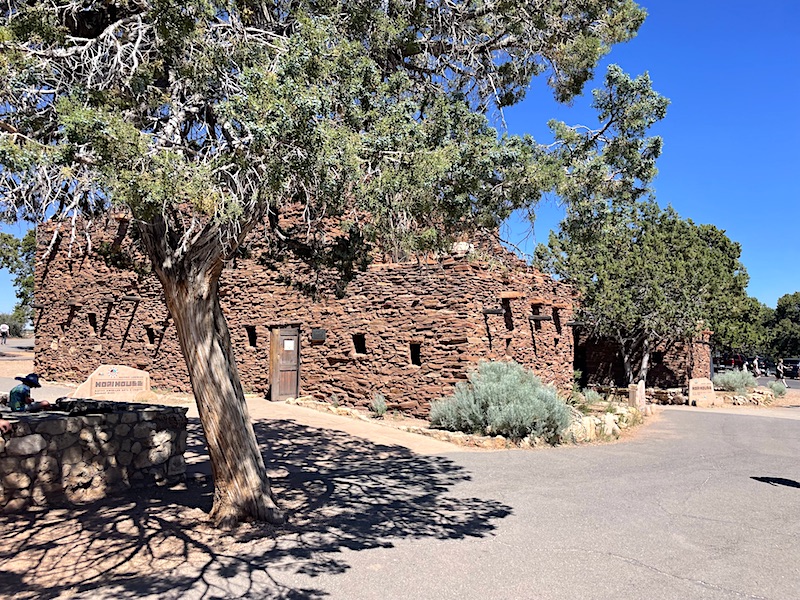
The Hope House Art Gallery in Grand Canyon Village
Our excursion took about 2 hours and 30 minutes, and at the end, we were dropped off next to the train where we began. I hustled during the next thirty minutes to take some photographs of the train and to walk to the Grand Canyon Village South Rim tourist area. During this time, I visited another gift shop at the Bright Angel Lodge, took photos from the Lookout Studio, and toured the Hopi House art gallery. I also made a brief stop at the Kachina Lodge and the El Tovar Hotel. After visiting these sites, I headed quickly back to the train depot so I did not miss my departure.
Return Trip
The return trip was quieter than the morning ride mostly because everyone was worn out from trying to see as much of the Grand Canyon as possible in 3 hours. We did have another cowboy musician visit our coach who also provided more entertaining sing-along music.
The big surprise along the train ride to Williams was the return of the Cataract Creek Gang who showed up on horseback to stop the train and rob the passengers. We had been rehearsed to act surprised and have a nominal $1 tip prominently visible so the train robbers would leave us alone and move on. Mine was sticking out of my top shirt pocket, but it accidentally slipped inside when my designated robber arrived. We had a comical exchange where he tried to remove my wedding ring, but eventually, I bribed him off with the dollar, and he was gone. It was all in good fun and very humorous. Our train arrived back at Williams Station by 5:45 pm.
Even though I was tired from the day’s journey, I still enjoyed this experience very much. We had covered a lot of territory and experienced a great deal in 8 hours. Overall, taking the train to the canyon was an excellent way to experience the national park. The only downside was that we were limited to about 3 hours at the Grand Canyon Village. Most visitors I talked to had only enough time to eat lunch, hike part of the Rim Trail, and shop for souvenirs.
I experienced some viewing areas that were farther away since I was on a tour with a dedicated bus. Train visitors simply did not have enough time to use the park’s free bus service. Another option that some visitors pursued was to book a passage on one day, stay overnight in the Grand Canyon Village, and then return on another day. Xanterra can provide many different options for visitors. I found my experience very rewarding, but I could also see that the price could add up quickly if an entire family was visiting.
Conclusion
The Grand Canyon Railroad is on the National Register of Historic Places in recognition of its contribution to the history of the United States. It operates every day year-round except on Christmas. Journeys are offered once a day, except for a few special days in March and April when two journeys take place each day. In addition to its popular Steam Saturday excursions, the railway also offers special Polar Express trains during the winter holidays.
This was my most memorable trip to the Grand Canyon, and I am looking forward to bringing my family back to share in the experience. The Grand Canyon Railway is popular with tourists because it provides a unique way to access the canyon that recreates the way most visitors originally traveled to the national park. It also cleverly mixes the excitement of train travel with Western entertainment to visit an outstanding scenic attraction. I appreciated that this historical experience is still available to travelers today. Overall, I found that the uniqueness of the Grand Canyon Railway added an exciting and memorable dimension to my visit to America’s greatest natural wonder.
Leave a Reply
Tags: arizona, article, grand canyon national park, national park

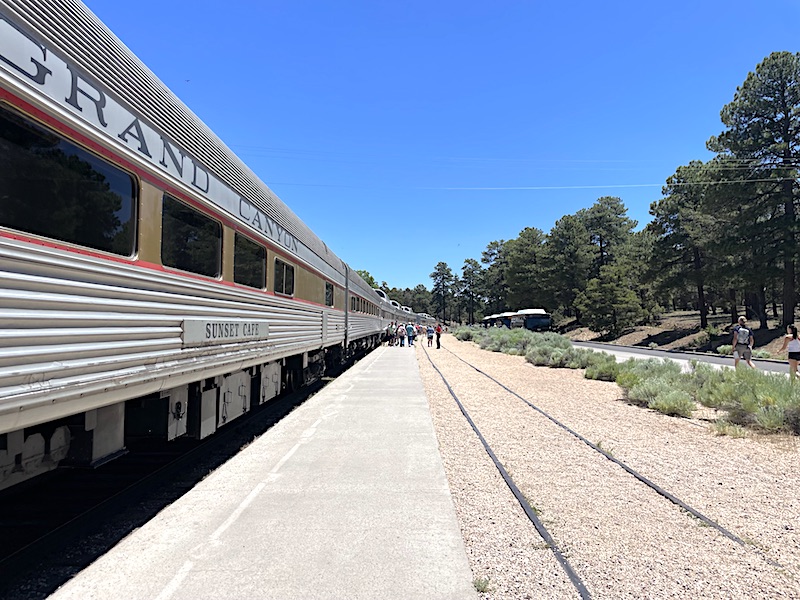
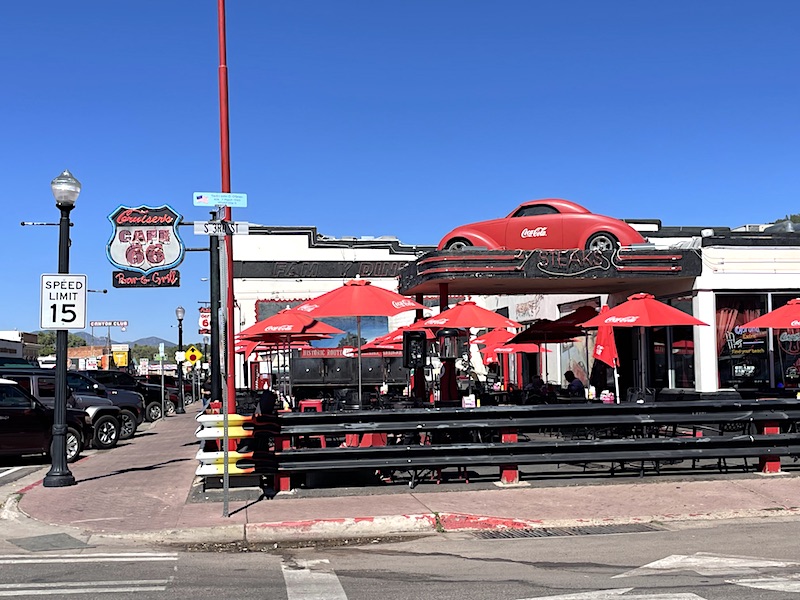

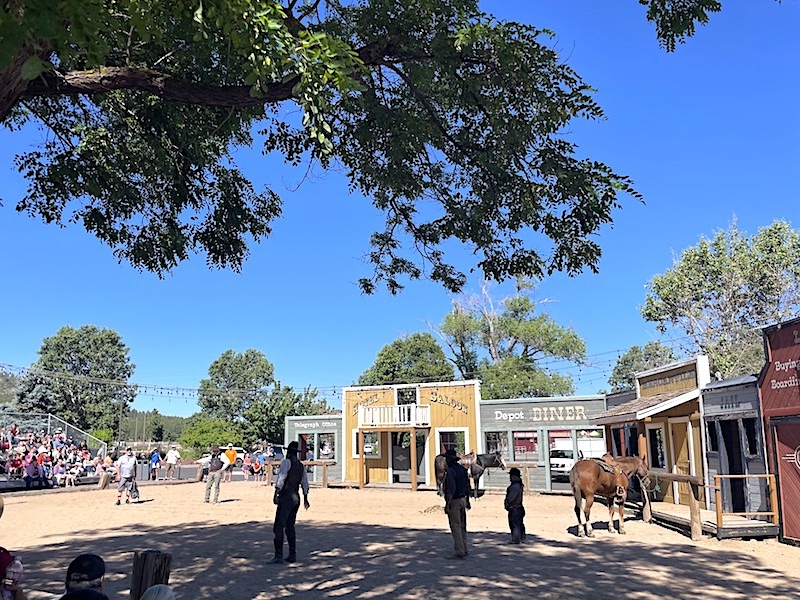
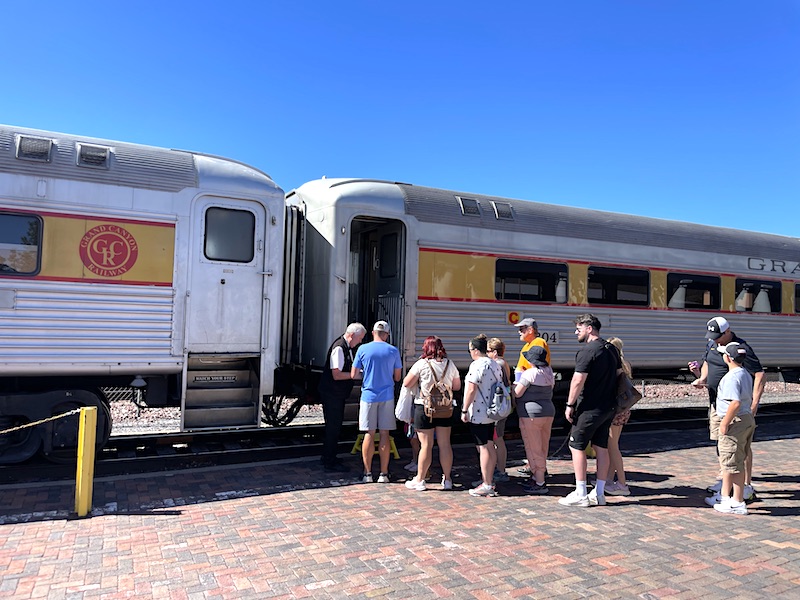
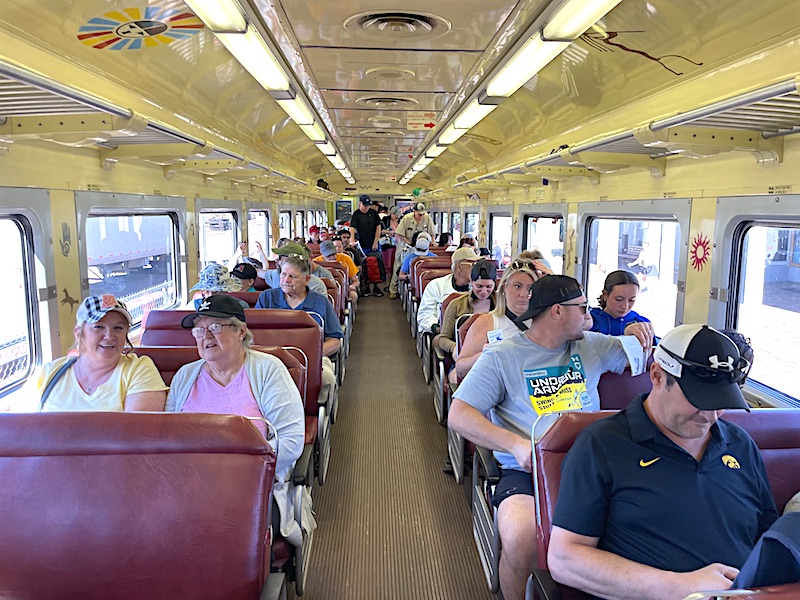
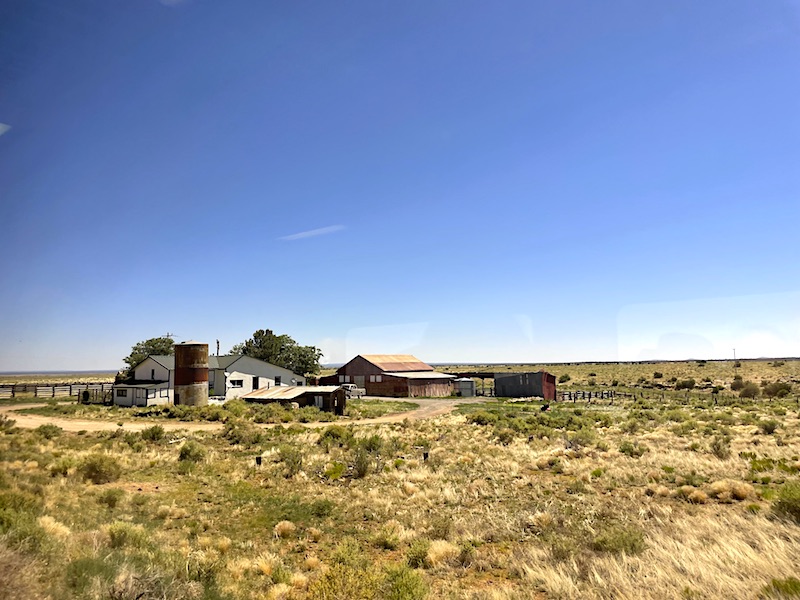
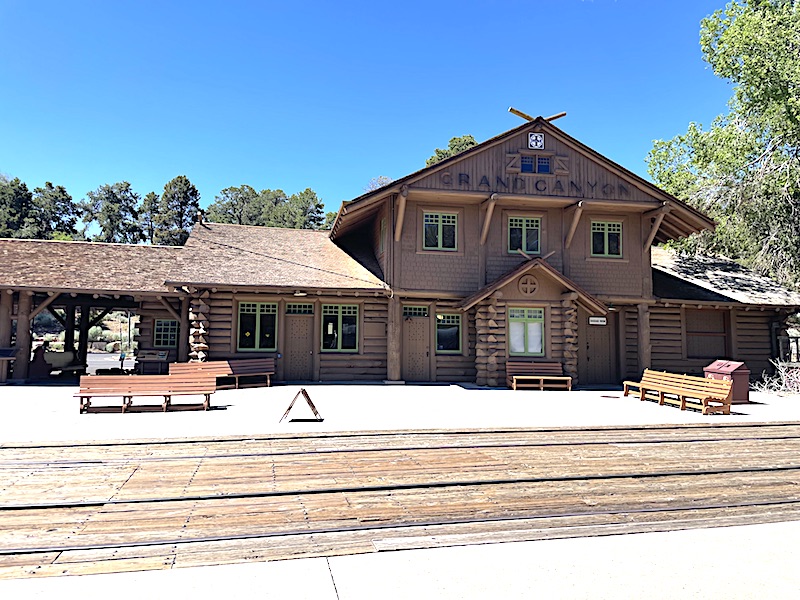
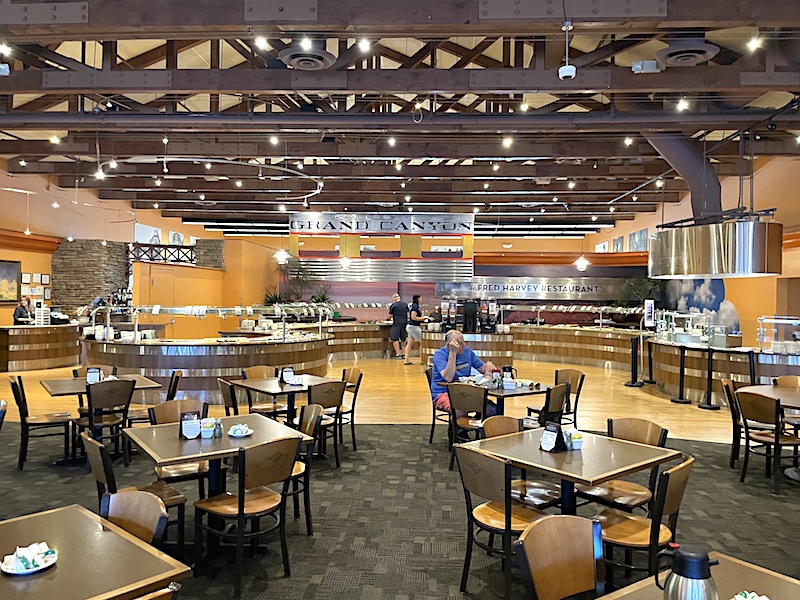
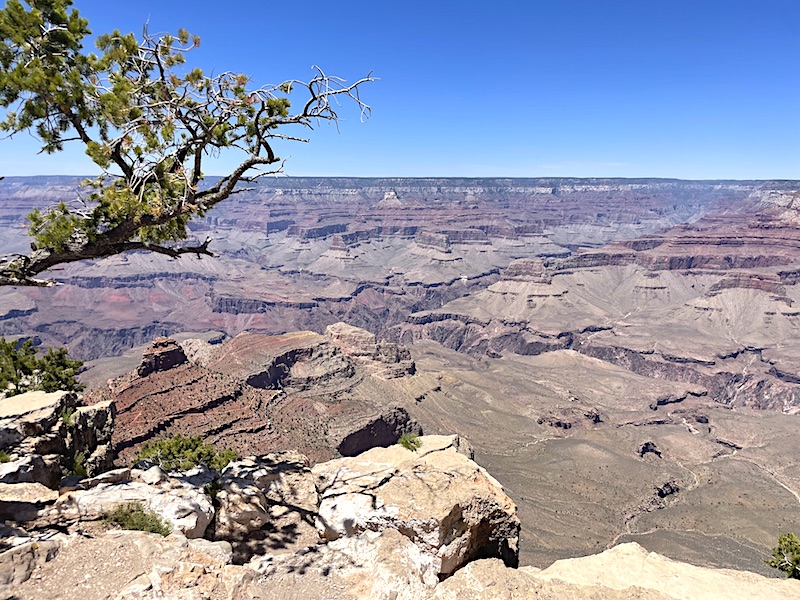

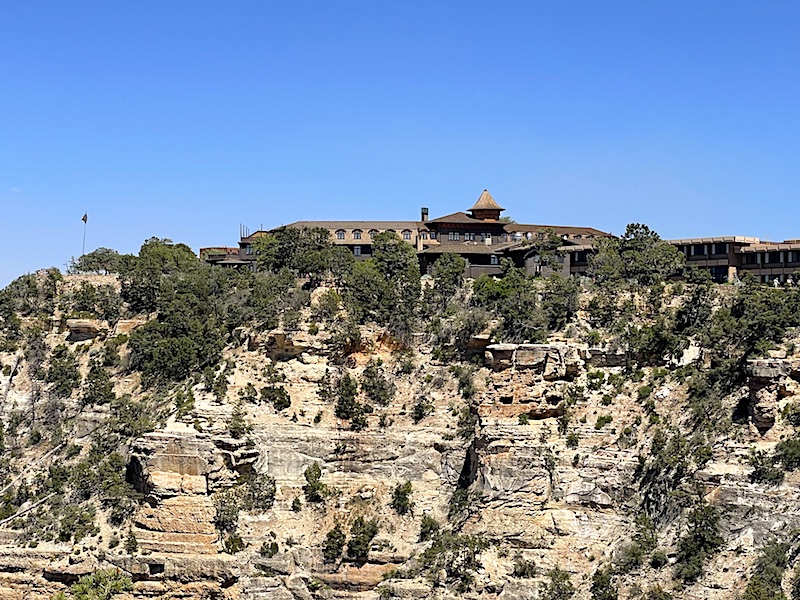
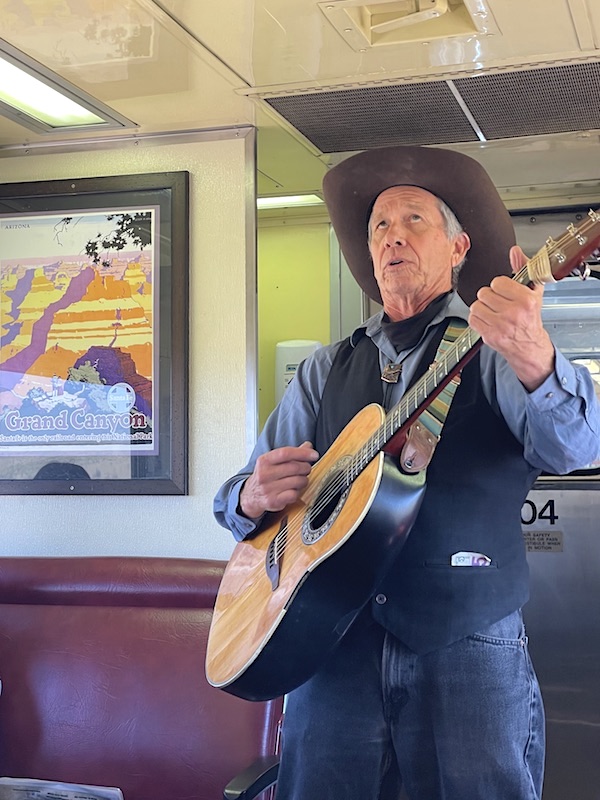
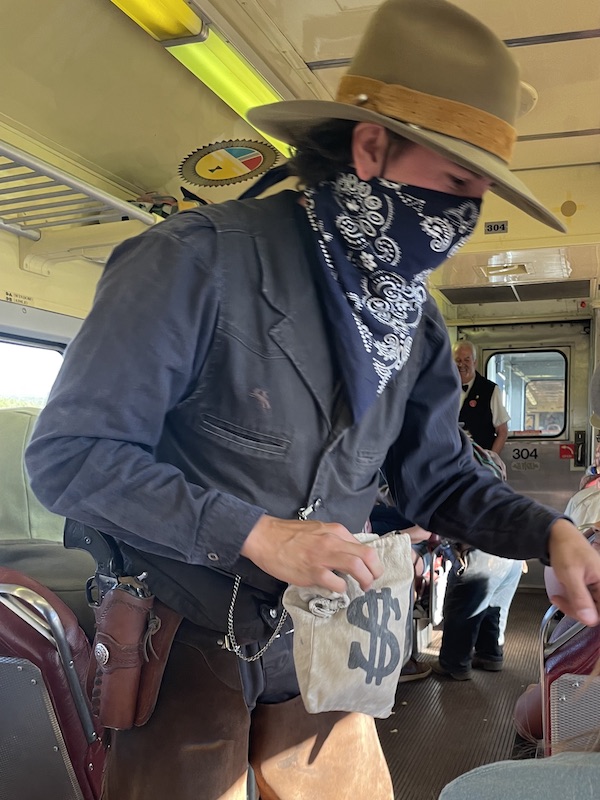
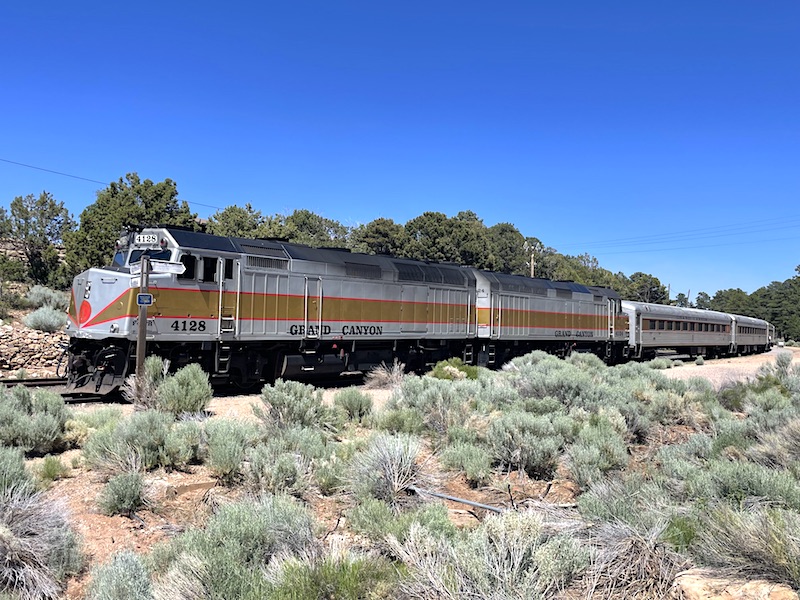
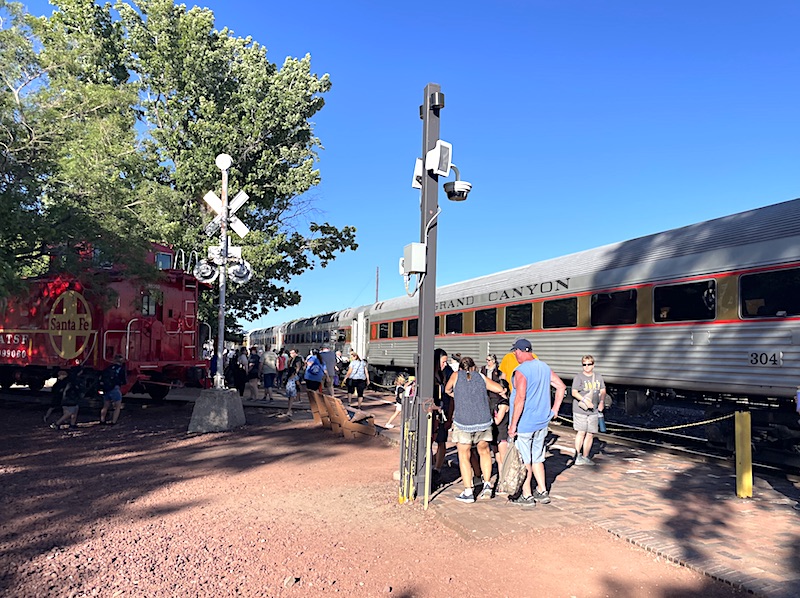
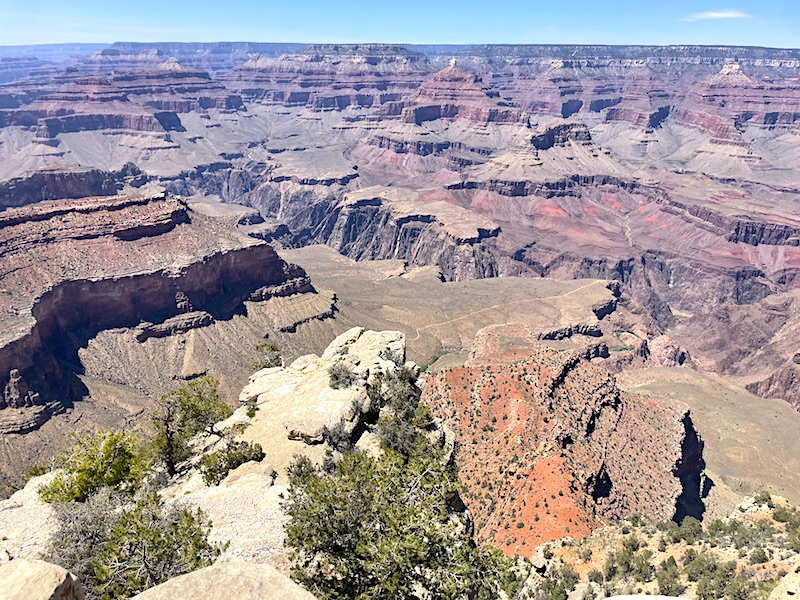
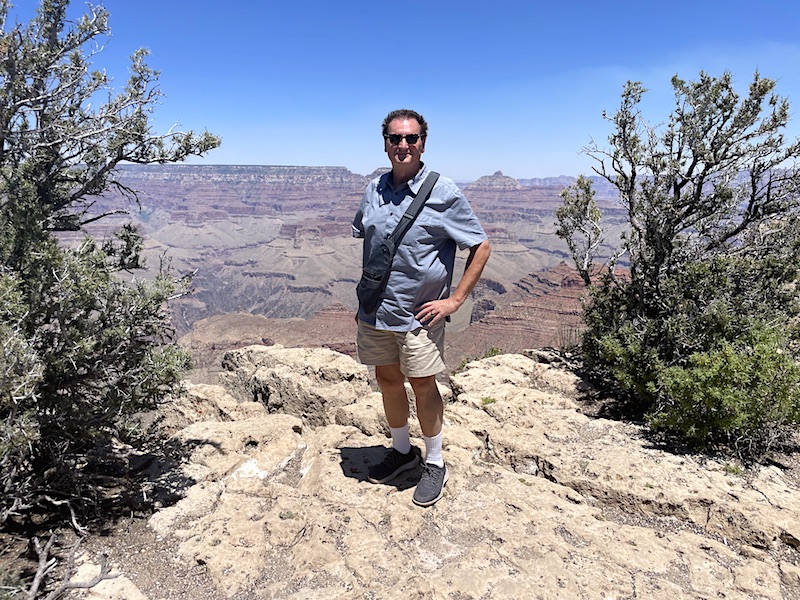
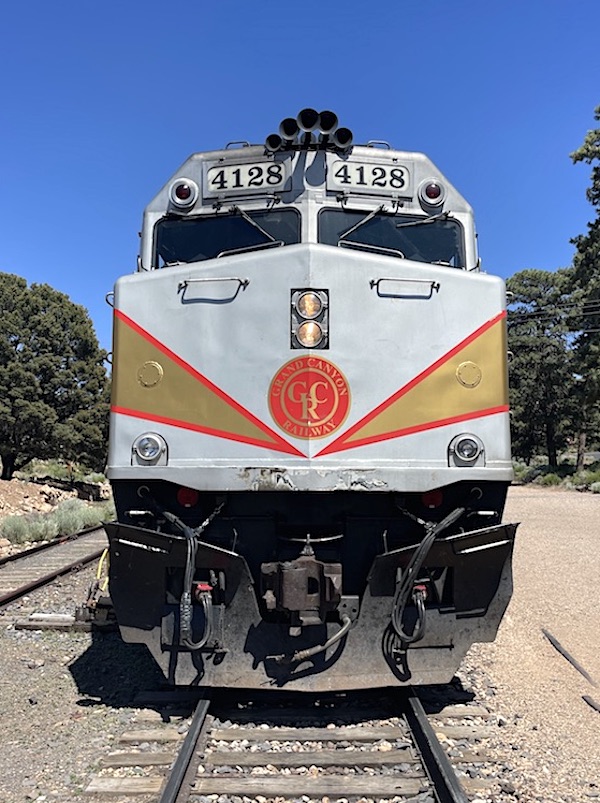
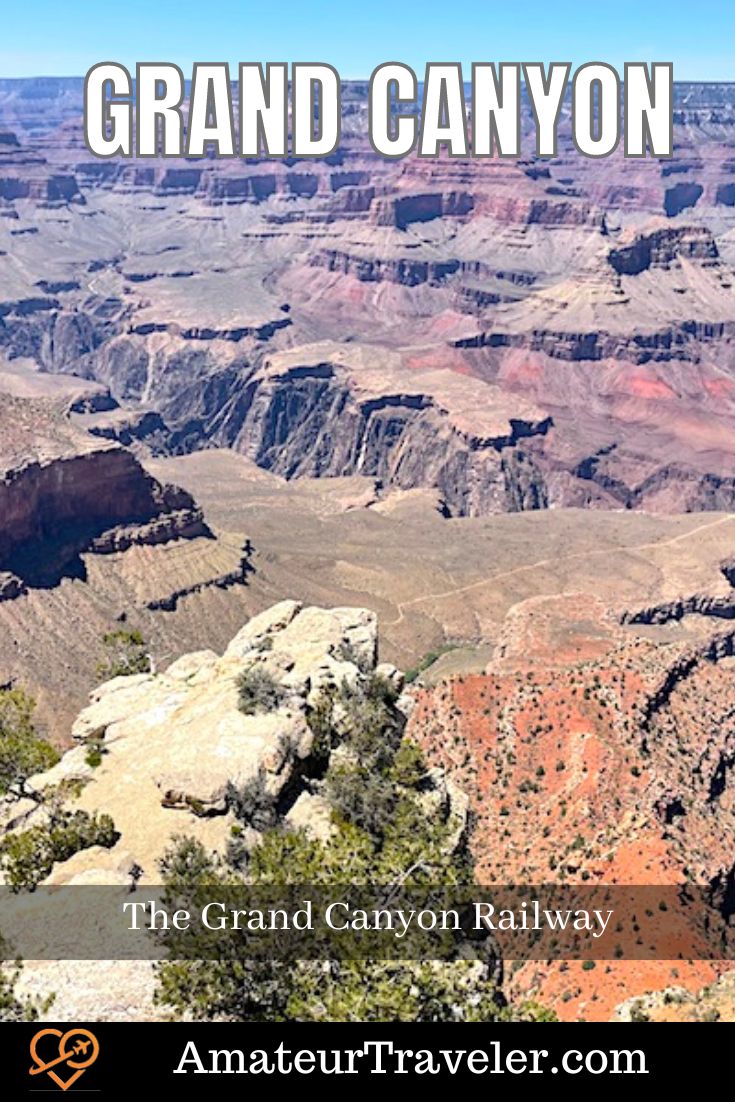
 Verde Canyon Railway: An Arizona Treasure
Verde Canyon Railway: An Arizona Treasure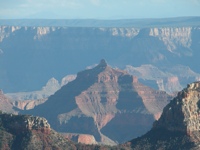 Southwest USA Road Trip – Grand Canyon – Episode 16
Southwest USA Road Trip – Grand Canyon – Episode 16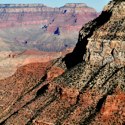 Sedona to Grand Canyon – Romantic Arizona Weekend Trip
Sedona to Grand Canyon – Romantic Arizona Weekend Trip Rafting the Grand Canyon – Episode 766
Rafting the Grand Canyon – Episode 766
